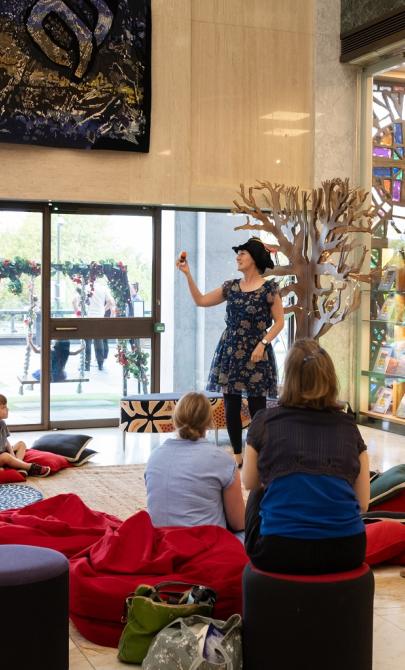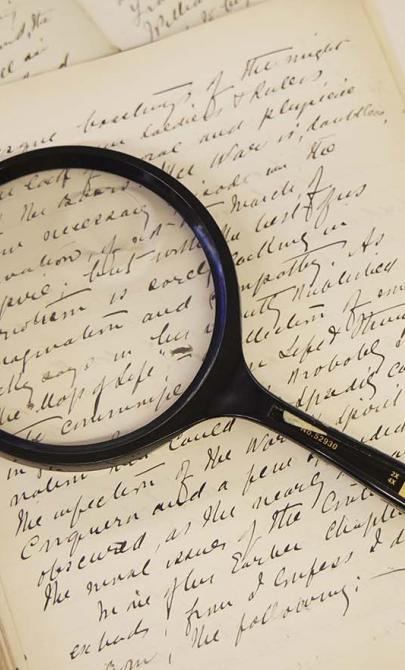Participation and protest
About this module
Using an inquiry-based approach, this module develops students' skills as historians through engaging historical sources. Featuring sources from the National Library's collections, the resource caters for flexible approaches to suit diverse classroom contexts and learning styles.
A main research tool for this module was NLA Publishing’s Clive Hamilton’s What Do We Want? The Story of Protest in Australia.
Copyright for teachers
You can download all collection materials in this resource for education purposes. For more information, go to copyright for teachers.
Topics in this module
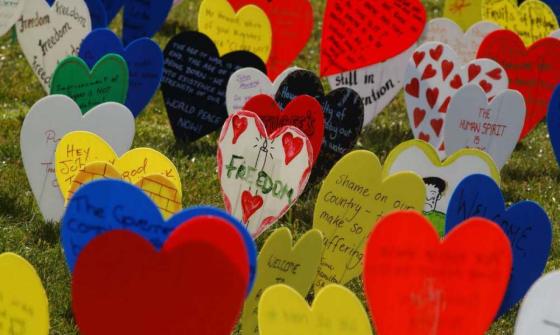
Loui Seselja, [Section of the field of hearts display in close-up view, United Nations World Refugee Day and Field of Hearts event, Canberra, 20 June 2004], nla.gov.au/nla.obj-130944424
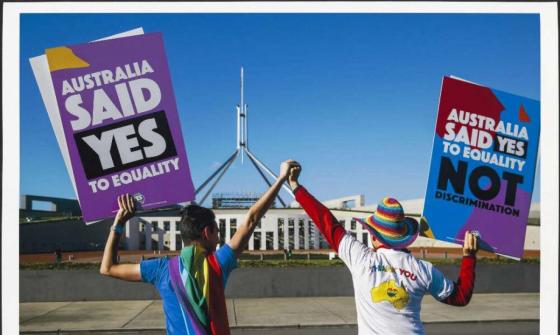
Sean Davey, Marriage Equality Ambassadors holding up 'Yes' signs in front of Parliament House, Canberra, 7 December 2017, nla.gov.au/nla.obj-735351644
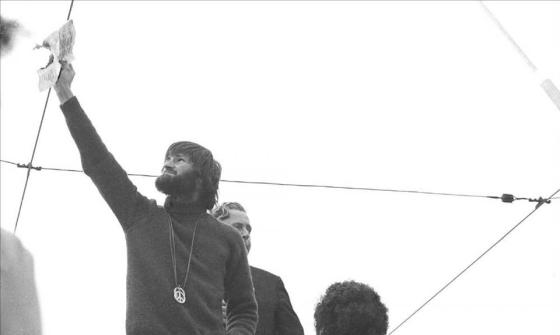
Tim Aickin, A protester burns his draft card, standing in front of Jim Cairns, Vietnam War Moratorium Day, Melbourne, May 1970, nla.gov.au/nla.obj-138060747
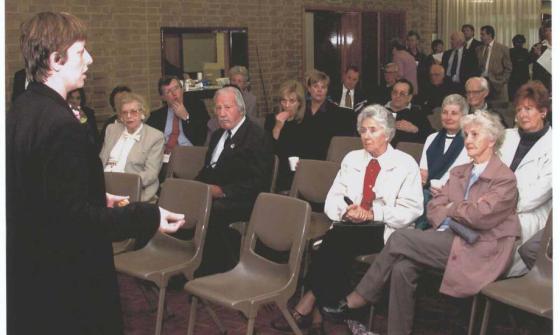
Francis Reiss, [Anna Burke, Federal member for Chisholm, at the Chisholm Aged Care Forum, Mt. Waverly Community Centre, Melbourne, October or November, 2001], nla.gov.au/nla.obj-146654777
Introductory activities
Australia is a representative democracy, meaning we have rights and freedoms such as:
- Freedom to vote and be elected
- Freedom of speech, expression, and religion
- Freedom of assembly and association
- Rule of law
- Other basic human rights
You can read this definition and more about democracy on the website of the Museum of Australian Democracy.
Activity 1: What rights and freedoms do we have?
Ask students: How do people exercise these freedoms in everyday life? (for example, writing a blog, joining a union, attending a place of worship).
Focus the discussion on freedom of assembly and association. How are these used today?
Freedom of assembly and association is defined by the Attorney-General’s Department as:
The right to peaceful assembly protects the right of individuals and groups to meet and to engage in peaceful protest. The right to freedom of association protects the right to form and join associations to pursue common goals.
Activity 2: Where does Australia stand?
Students explore the Democracy Index. Created by the Economist Intelligence Unit (EIU), the index’s rankings are based on five categories: electoral process and pluralism, civil liberties, the functioning of government, political participation and political culture.
- What is the EIU and how does it collect its data?
- Where does Australia rank? Is it classed as a full democracy?
- How does democracy look across Asia and Australasia? What’s the global balance of democracies vs authoritarian regimes?
Assign students different countries from the index. They research the country’s classification (full democracy, flawed democracy, etc) and key features that led to that ranking.
Concluding activities
These activities are a reflective tool to encourage an understanding of what it means to participate in Australian democracy as an Australian citizen, and the freedoms and rights we have regarding political participation.
Activity 3: Write a petition
Ask students to draft a mock petition to you (or the principal). They should:
- Choose an issue they care about at school
- Explain the problem clearly and why it matters
- Suggest a solution and explain what might happen if it’s not addressed
Remind them: Keep it respectful and democratic!
Activity 4: Your democracy sausage
Hold a class discussion, Ask:
- How can individuals help shape Australia’s democracy?
- What do you see as your roles and responsibilities as part of it?
Curriculum links
This resource is aligned with the Australian Curriculum: Civics and Citizenship for Year 8 students.

